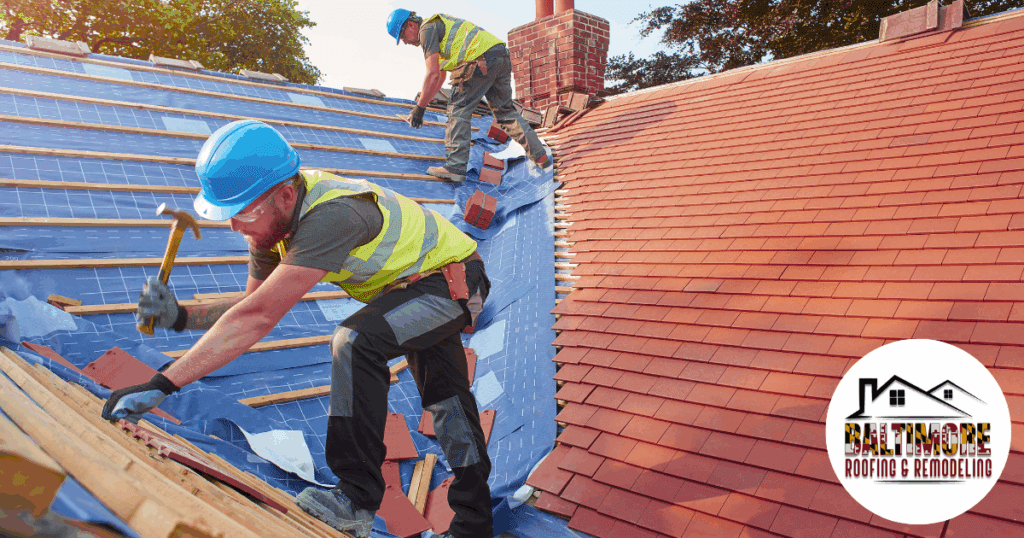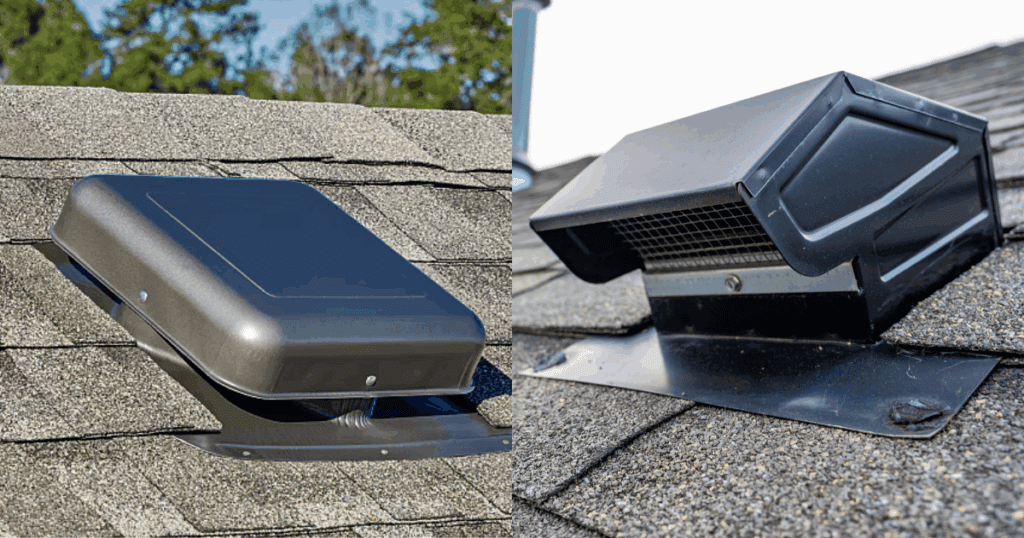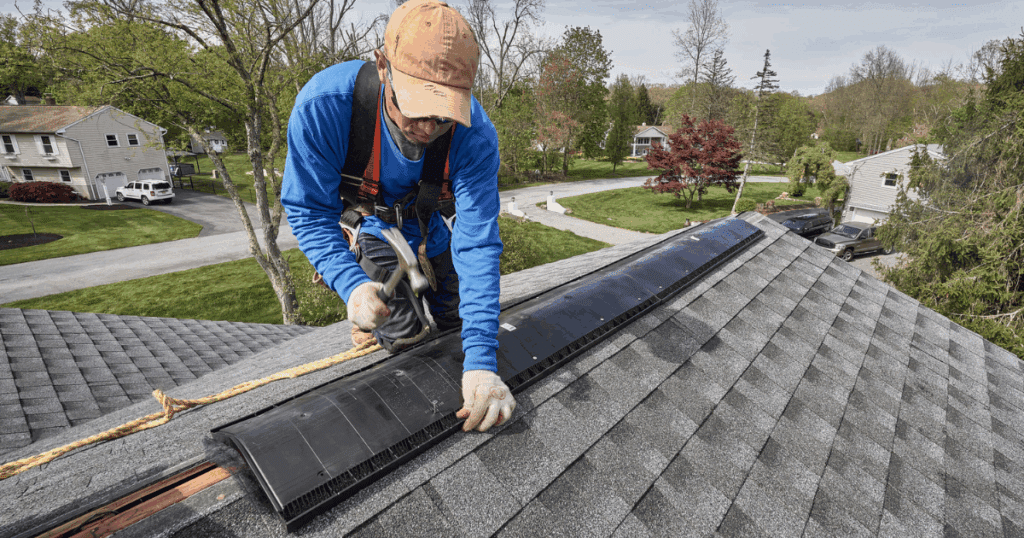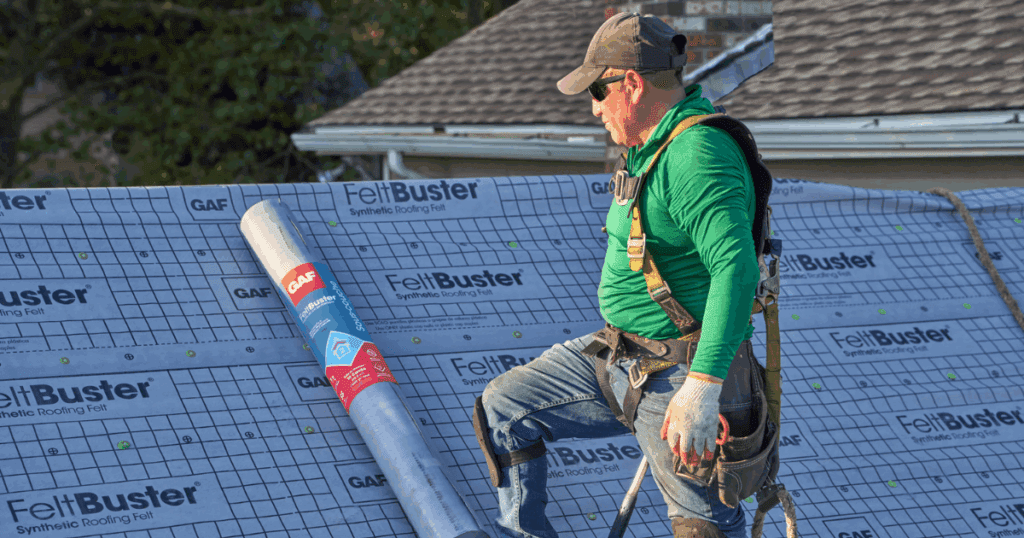Protecting Your Home’s First Line of Defense: The Importance of Roof Underlayment and Ventilation
May 14, 2025

Your roof. It’s the unsung hero protecting your family and belongings from the harsh realities of weather in the Baltimore area, from sweltering summer humidity to icy winter storms. While shingles often steal the spotlight, two crucial, often-overlooked components work tirelessly beneath the surface to ensure your roof’s health and longevity: roof underlayment and ventilation, and their importance can hardly be understated. They can save you from costly repairs and headaches down the road, so join Baltimore Roofing & Remodeling and let’s explore these vital elements in more detail.
The Silent Guardian: Roof Underlayment Types
Think of roof underlayment as a secondary layer of defense, lying directly on top of your roof deck and beneath the shingles. It acts as a critical barrier against water infiltration, even if shingles are damaged or wind-driven rain finds its way through. Choosing the right roof underlayment types is essential for optimal protection. Common options include:
Felt Underlayment: This traditional option, typically made of asphalt-saturated paper, provides a basic level of water resistance and remains a budget-friendly choice. However, it can be more susceptible to tearing during installation and may not offer the same long-term durability as synthetic alternatives, especially when faced with the often drastic weather shifts we endure in our region.
Synthetic Underlayment: Crafted from advanced materials like polypropylene or polyethylene, synthetic underlayments offer significant advantages. They exhibit superior tear resistance, enhanced water repellency, and often a longer lifespan. Their lighter weight also contributes to easier installation, and for Baltimore-area homeowners seeking enhanced protection and longevity, synthetic underlayment is a popular and often recommended upgrade.
Self-Adhering Underlayment: Featuring an adhesive backing, this premium option creates an exceptionally watertight seal. It’s particularly beneficial in vulnerable areas like roof valleys, around chimneys, and along eaves, providing excellent defense against ice dams – a concern for many Maryland winters – and heavy rain. While a higher investment, its superior protection can prevent significant water damage.
Investing in the appropriate underlayment for your home’s specific needs and climate is a smart move towards long-term roof health and preventing water intrusion.

Breathing Easy: Proper Roof Ventilation and How it Works
Imagine your attic as a sealed box. In the summer, trapped heat under the sun can cause temperatures to soar, leading to increased energy bills, premature shingle deterioration, and even damage to structural components. In the winter, warm, moist air rising from your home can condense in the attic, creating a breeding ground for mold and mildew, and potentially damaging insulation. This is where the importance of roof ventilation becomes critical.
Proper roof ventilation relies on a balanced system that allows for continuous airflow. This typically involves intake vents, usually located in the soffit (the underside of your roof eaves), and exhaust vents, often placed at or near the ridge of your roof.
- Soffit and Ridge Vents: Soffit and ridge vents are a common and effective combination. Cooler outside air enters through the soffit vents, flows up through the attic space, and exits through the ridge vents. This natural convection process helps to regulate attic temperature and moisture levels year-round, protecting your roof and improving energy efficiency in your home.

Recognizing Attic Ventilation Problems
Ignoring proper ventilation can lead to a host of attic ventilation problems, including:
- Increased Energy Costs: A poorly ventilated attic forces your air conditioning system to work harder in the summer to keep your home cool.
- Shingle Damage: Excessive heat buildup can cause shingles to blister, crack, and deteriorate prematurely, shortening their lifespan and requiring earlier replacement.
- Moisture Buildup: Condensation in the attic can lead to the growth of mold and mildew, compromising indoor air quality and potentially causing structural damage to the wooden components of your roof.
- Ice Dams: During winter, inadequate ventilation can contribute to the formation of ice dams along your roof eaves, potentially causing water to back up under shingles and leak into your home.
- Insulation Issues: Moisture can compress your attic insulation, reducing its R-value and leading to higher heating and cooling costs.

Ensuring a Healthy Roof System for Your Home
Protecting your home starts from the layers beneath your shingles. Understanding the crucial roles of quality roof underlayment types and a properly functioning soffit and ridge vents system is paramount. Don’t wait for attic ventilation problems to surface.
Rely on the Best
At Baltimore Roofing & Remodeling, serving Baltimore, Towson, Timonium and all surrounding areas, we understand the importance of roof ventilation and the necessity of selecting the right underlayment for our local climate. Our experienced team can assess your current roof system and recommend tailored solutions to ensure optimal protection, energy efficiency, and the long-term health of your home. Contact us today for a free and comprehensive roof inspection and let us help you safeguard your investment.
Leave a Reply Cancel reply
© Copyright 2025 Baltimore Roofing And Remodeling LLC